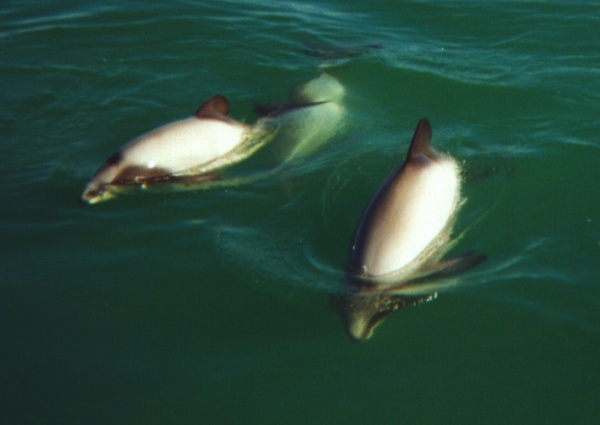Facts About Hector's dolphin
Hector's dolphin, a remarkable marine species, is exclusively found in New Zealand. These dolphins are classified under the genus Cephalorhynchus and are divided into two subspecies: the South Island Hector’s dolphin (C. h. hectori) and the critically endangered Māui dolphin, which inhabits the West Coast of the North Island. Named after Sir James Hector, these dolphins are renowned for their small size and distinctive appearance.
Adult Hector's dolphins typically reach lengths of about 1.2 to 1.6 meters and weigh between 40 and 60 kilograms. Females are generally slightly larger than males. Their bodies showcase a striking combination of light grey, black, and white markings, accompanied by a rounded dorsal fin that contributes to their sleek and elegant aesthetic.
These dolphins have a slow reproductive rate. Females give birth every 2 to 3 years, and over their lifetimes, they usually have between 4 and 7 calves. This slow reproductive rate makes it challenging for their populations to rebound from declines.
Hector's dolphins favor murky coastal waters up to 100 meters deep. They migrate between shallow coastal areas and deeper offshore waters depending on the season. Their diet is diverse, consisting of various fish and squid.
Regrettably, these dolphins face numerous threats, with fishing activities posing a significant danger. They frequently become entangled in gillnets, leading to a substantial decline in their population. Conservation efforts are underway, including the establishment of marine protected areas and the implementation of fishing restrictions to safeguard them. Diseases such as toxoplasmosis and brucellosis also present serious risks to their health.
The loss of genetic diversity and dwindling populations are additional concerns. To ensure their survival, comprehensive conservation strategies are crucial. There is also potential for interbreeding between Hector's and Māui dolphins, which could enhance genetic diversity and population size. However, this carries the risk of hybridization and associated genetic issues.
